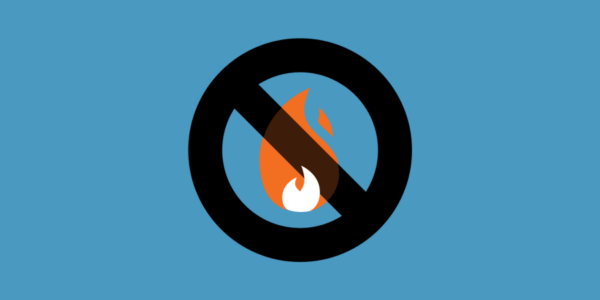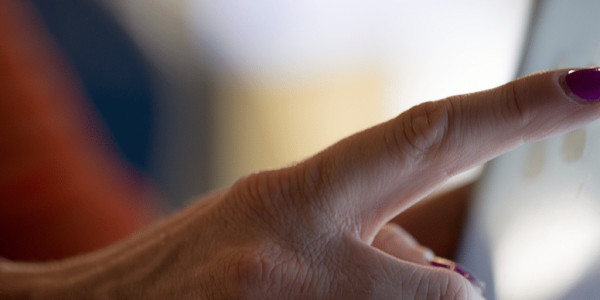Roughly 85% of healthcare spending currently goes toward the treatment of patients with chronic conditions, and two thirds of all Medicare dollars spent are on those with 5 or more chronic disease states. For chronically ill patients, effective care coordination is essential to producing positive outcomes and reducing costs. An mHealth Intelligence article published in May reported that poor care coordination can cost an extra $4,500 per patient over three years, which adds up when we’re talking about 133 million patients with chronic disease.
The treatment of chronic illness often requires the collaboration of multiple care providers — PCPs, hospitalists, home health or nursing agencies, and specialists. — and there is an opportunity for texting platforms like OhMD to generate significant healthcare savings among this patient population.
How does texting create value in care coordination?
- Texting = faster communication. No phone tag, no answering service, no antiquated pager system. Patients receive care and critical health information when they need it, and referrals can be made quickly and easily.
- Protect PHI. Providers can protect the health data of their patients and avoid costly HIPAA violations.
- Fewer mistakes. Many texting applications provide read receipts so senders know when a message has been received. Conversations had via text are also automatically documented in clear language, so that participants in the care conversation can re-review information or instructions at a later date, leading to fewer misunderstandings among patients and providers.
- Value-based payments. Groups who can leverage texting effectively in their practice, ACO or PCMH can take advantage of increased payments from Medicare Shared Savings and other value-based incentive programs.
Texting gives healthcare providers a platform to quickly and seamlessly communicate about patient care. Doctors can share PHI and exchange ideas about diagnosis, prescriptions, and treatment plans. Care providers can follow up directly with patients, and provide discharge instructions to avoid hospital re-admission. Providers can also include specialists, on call resources, patients and family members in group messages. Use secure texting allows for efficient escalation of referrals, prescriptions and lab orders, and ACOs and health systems can enhance Patient Engagement and Meaningful Use outcomes.
Can providers get reimbursed for care coordination via text?
Since 95% of office visits still reimbursed on a fee-for-service basis, doctors worry about blocking out time to deal with text messaging, for which they are not reimbursed. We’ve found that the value that OhMD delivers to providers by cutting out the time and hassle associated with phone tag adds up to substantial savings of time and overhead costs.
In addition to the reduction in overhead costs associated with less efficient means of communication, some practices may also be able to bill for time spent coordinating care via text in the Fee For Service model. CPT code 99490 can be used to bill for “non face-to-face care coordination services.”
If you have questions about OhMD or how texting can improve the efficiency of care coordination for your team, contact us.




